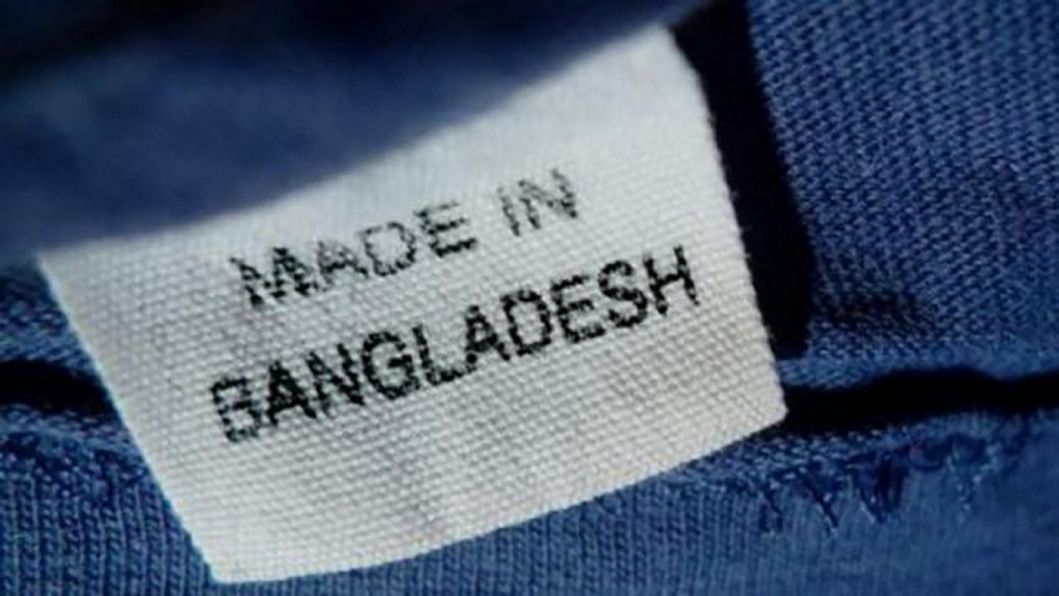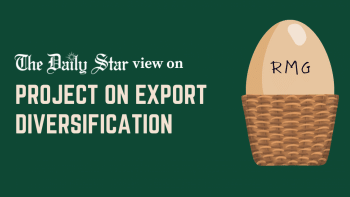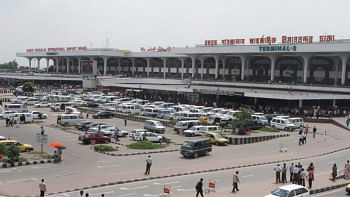Bangladesh needs to rely less on EU, US markets

In the US and Europe, a recession is coming. As an apparel maker, I can already feel the early signs of a storm heading our way. Orders have been decreasing for many of us in the industry since this summer, after picking up dramatically at the back end of last year.
The issues around a recession are well-documented. High and rising inflation in the US and much of Europe; soaring energy prices that are placing businesses and households under huge financial strain; fallout from the pandemic, which means many governments have huge debts and are unable to do much more to bail out economies – all of these are factors. Most seasoned economic observers believe that 2023 will be tough.
Perhaps the garment industry in Bangladesh could use the next 12-18 months to think carefully about which markets it targets. At the moment, there is a strong argument for suggesting it has too many of its eggs in one or two baskets, leaving it massively over-exposed. Allow me to explain.
At present, around 60 percent of Bangladesh's garment exports go to the EU. Twenty percent go to the US. The rest are exported globally. These figures have changed slightly in recent years, with the EU gaining a larger share (up from around 52 percent over the past decade) at the expense of the US, where exports have fallen in terms of market share.
But between the two, these markets have for some time represented 80 percent of garment exports from Bangladesh.
Is this healthy? On the one hand, it is a cause for celebration that we have been so successful in penetrating these two huge markets. On the other hand, no business wants to become over-reliant on certain customers or, in this case, certain regions of the world. This is why I believe, as apparel makers, we should begin to focus more heavily on new and emerging markets.
Two obvious examples are India and China, although there are others such as Australia and South America. China and India are the only countries in the world with a population size of over a billion. China's population is around 1.4 billion, while India's population is approximately 1.39 billion. Together, the two countries make up around 36 percent of world population. To offer some perspective, the entire continent of Europe makes up only nine percent of the global population. This alone should be enough to make exporters sit up and take notice.
More important than this, however, is spending power, which is increasing in both China and India. China is now the largest middle class market globally, with over 900 million people. According to some estimates, this middle class collectively spends more than USD 20 billion per day.
There's more. China's middle class is expected to expand in the next few years. The World Bank suggests China's middle class is expected to grow by six percent and reach over 1.2 billion by 2030. By this year, it is estimated that the middle class spending share in China will be 87 percent. This is a huge amount of spending power for Bangladeshi exporters to tap into.

India's growing middle class also offers huge promise. India's middle class is expected to have a growth rate of 8.5 percent until 2030, according to the World Bank. At the present time, the middle class population in India is almost 400 million. Obviously this is not as big as China's, but this figure is set to double between now and 2030, giving India a middle class population of 800 million within eight years.
The middle class spending share in India is currently over 70 percent and by 2030, the spending share of India's middle class is projected to reach over 80 percent.
This distinction of middle class is important. As middle class populations grow, spending power increases. Countries with higher middle class populations have a higher propensity to import foreign goods. Expect imports into China and India to steadily increase over the next few years.
So what next? I was encouraged recently to follow Prime Minister Sheikh Hasina's four-day trip to India. This is seen by many observers as the beginning of growing bilateral cooperation between the two neighbours. Much of the talk will have been about inward investment opportunities, but garment makers in Bangladesh should be following such talks closely. There is no reason why Bangladeshi garment makers should not view India as an opportunity for growth.
We could also be doing more to increase our presence in China. China obviously has its own textile industry already, but this should not rule it out as an export opportunity for Bangladesh. In fact, we can compete very well with China on price and, in any case, China's textile sector is very focused on high-end and technical textiles. Bangladeshi garment makers could complement this work.
In the coming months and years, I see a huge opportunity for Bangladesh to extend its export reach way beyond the US and EU. By limiting ourselves to these two markets, we are missing out on a whole world of opportunities. We are also leaving ourselves hugely exposed to economic shocks in the Western world. This is an unhealthy situation. As the last few years and the pandemic have shown, nobody can ever be quite sure of how global events might unfold in the future. It pays to hedge your bets as an exporter.
Mostafiz Uddin is the managing director of Denim Expert Limited. He is also the founder and CEO of Bangladesh Denim Expo and Bangladesh Apparel Exchange (BAE).

 For all latest news, follow The Daily Star's Google News channel.
For all latest news, follow The Daily Star's Google News channel. 







Comments